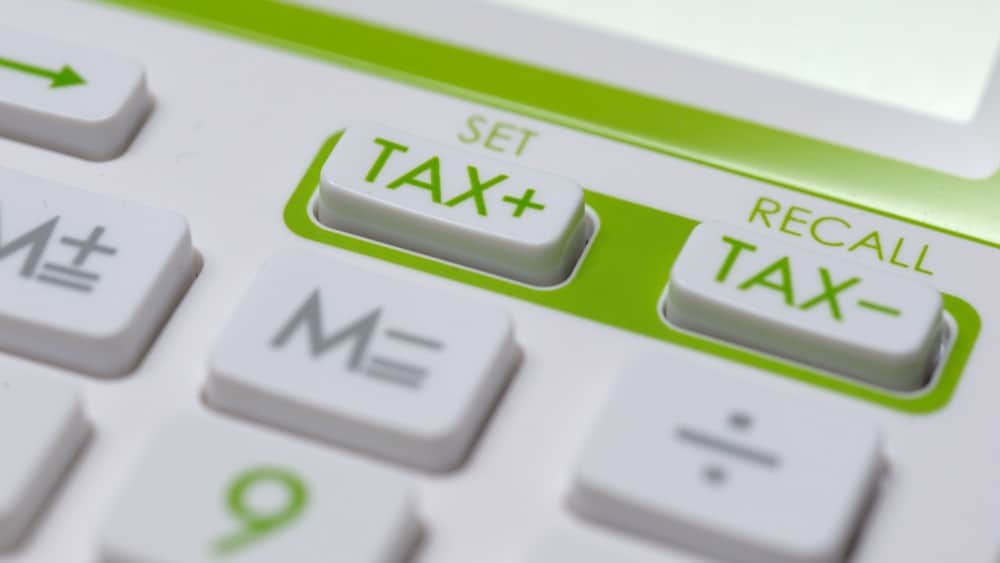The Canada Emergency Response Benefit (CERB) was a taxable benefit. Eligible claimants received the amount in full upon payment by the Canada Revenue Agency (CRA) but will have to pay taxes later. If you’re a recipient, you must include the $14,000 CERB as taxable income in your tax return for the 2020 income year.
The tax due on CERB is 10%, more or less, although the amount you have to pay in the 2021 tax season depends on your net income in 2020. Some CERB recipients did not spend the full benefit and set aside 15% of the money for tax payments. But is there a way to pay less tax on the $14,000 gross payment?
CERB is tax payable
CERB was the financial lifeline of millions of Canadians during the emergency phase of the pandemic. Recipients had cash to spend on necessities or pay bills. While the government issues a tax slip for all CERB payments, most people didn’t pay much attention to the ensuing financial pain. You will still owe income tax to the CRA somehow next spring.
In 2020, the federal basic personal amount (BPA) is $13,229. BPA is the amount you can earn before the CRA steps in to collect taxes. Thus, even if you don’t have other income or tax credits in 2020 but received the $14,000 CERB, you’ll still pay taxes, the minimum at least.
BPA and other benefits or tax credits
The lowest income tax rate is 15%, and if it applies to CERB, the tax due is $2,100. With the BPA, you’ll pay only $115.65 ($771 x 0.15) or $1,934.85 less. Note that the tax in focus here is only for CERB and excludes other income sources.
To minimize or compensate for the tax bite on CERB, avail of tax-free benefits like the Canada Child Benefit (CCB). You can also claim tax credits such as the Goods & Services Tax (GST) credit and Digital News Subscription Tax Credit (DNSTC). The benefits and credits can lessen your tax burden.
Create tax-free income
The CRA will claw back a portion of your CERB. However, the tax agency can’t collect any more taxes if your income comes from a Tax-Free Savings Account (TFSA). Use your TFSA to the hilt and invest in a top dividends stock like TELUS (TSX:TU)(NYSE:TU).
You can value for money from the second-largest telco in Canada. Aside from the generous 4.93% dividend, TELUS has a long runway for growth in post-pandemic. The $32.56 billion company is supporting the food chain, in particular, using technology.
The AI support in the agriculture industry aims to streamline operations, improve food tracking and strengthen connections across all production levels. According to Moody’s Investor Service, the recent acquisition of Lionbridge AI is credit positive for TELUS. There’s also an agreement with Nokia to deploy critical 5G infrastructure solutions. Apart from improving network performance, TELUS is expanding its 5G service offerings to cement its leading market position.
Assess your tax situation
It would be best to review your income before and after you received CERB payments to assess your tax situation. The ballpark figure usually depends on how much other income you earned in 2020 besides CERB.









